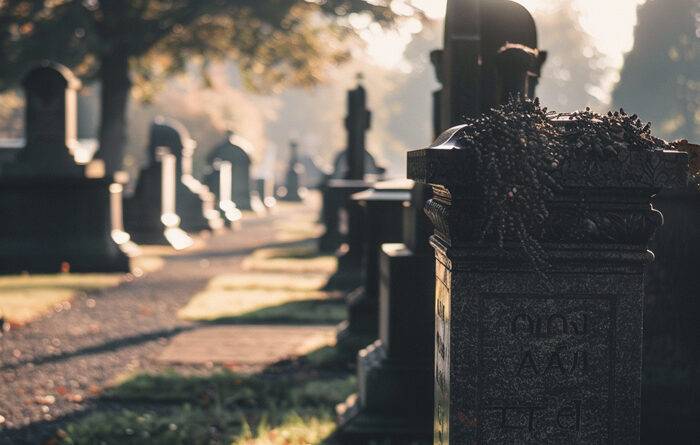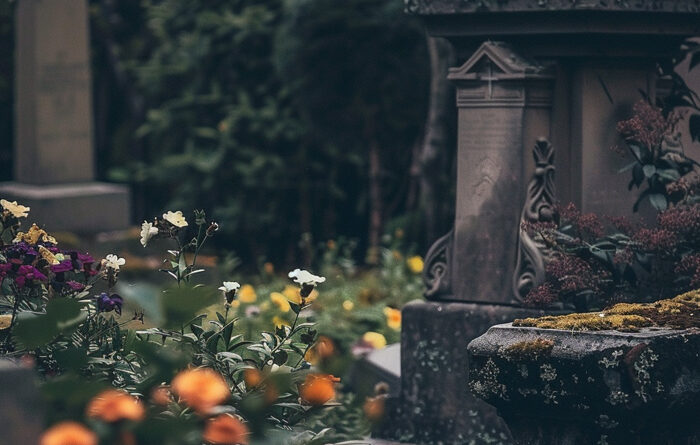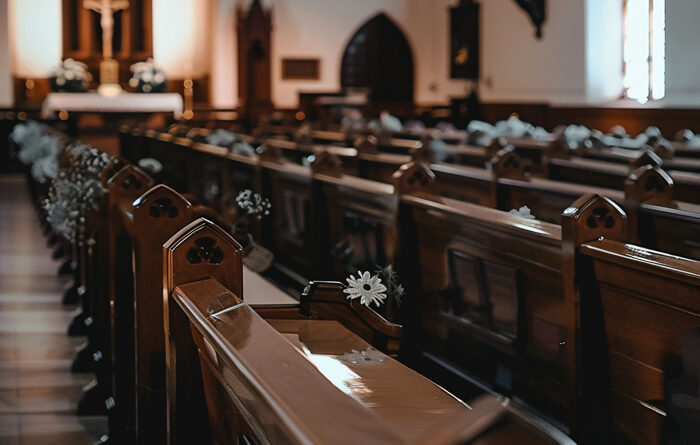
Introduction to Funeral Transport History in Miami
Miami, a city characterized by its vibrant culture and history, has seen an evolution in practices surrounding life’s final milestones. The progression of funeral transportation directly reflects both the growth of the city and advancements in technology over time. This article delves into the development of funeral transportation in Miami, tracing its roots from the city’s earlier times to the present day, revealing how these practices have adapted to the city’s changing landscape.
Early Practices and Horse-Drawn Hearses
The history of funeral transportation in Miami dates back to the days when the only mode of funeral conveyance was via horse-drawn carriages. These solemn, black-draped carriages would move slowly through the streets of Miami, annunciating the reverence and solemnity of the occasion. The horses that drew the hearses were often adorned with elegant feather plumes, symbolizing respect and honor for the deceased. This practice continued well into the 20th century until technological advancements ushered in a new era of transportation.
The Advent of Motorized Funeral Vehicles
With the advent of the automotive age, Miami witnessed a significant transformation in funeral transportation. Motorized hearses, initially rare and considered an extravagance, became the standard. These elegant and refined vehicles allowed for greater ease in transporting the deceased, often over longer distances, reflecting Miami’s expanding infrastructure. The motorized hearse quickly proved to be a more efficient and reliable means of transport, especially in the face of Miami’s growing population and expanding geographical boundaries.
Influence of Cultural Diversity on Funeral Customs
Miami’s rich cultural tapestry has left an indelible mark on the funeral transportation practices in the region. The city’s diverse population brought with it a variety of funeral traditions, each influencing the other. This amalgamation of cultures manifested in a range of vehicle types and decoration practices, catering to the preferences of different communities. From the classic American hearse to the more ornate styles preferred by some of Miami’s Hispanic neighborhoods, the city’s funeral transportation mirrored the eclectic nature of its inhabitants.
Customization and Advancement in Funeral Vehicles
As vehicle design and technology progressed, so too did the options available for funeral transportation. The funeral industry in Miami began offering a multitude of options for customization, aligning with the growing consumer desire for personalized services. From luxury cars fitted with specialized features to meet funeral needs, to the addition of beautiful floral arrangements and custom graphics, funeral vehicles became a means to celebrate the individuality of the departed.
Evolution of Hearse Designs and Features
Hearse designs in Miami evolved significantly as demands for functionality and aesthetic appeal increased. These vehicles were equipped with modern amenities, reflecting the contemporary needs of the city’s funeral services. The design changes often represented Miami’s tendency for adopting emerging trends, seeing hearses that ranged from sleek and modern models, to those preserving historical elements for traditional or heritage funerals.
Impact of Societal Changes on Funeral Transport Services
As societal attitudes towards end-of-life ceremonies shifted, so did the funeral transport offerings in Miami. The growing preference for cremation over traditional burial led to changes in the types of vehicles used. Limousines and other luxury vehicles were incorporated into funeral corteges, offering a more discreet mode of transportation for urns as opposed to the full-sized hearse used for caskets.
The Integration of Green Practices in Funeral Services
Environmental consciousness in Miami has not left the funeral transport industry untouched. In recent years, there has been a noticeable move towards greener, more sustainable practices. This includes the use of hybrid or electric hearses and other vehicles, demonstrating Miami’s commitment to environmental stewardship while providing transport services that honor the deceased. These efforts reflect the broader global awareness about the importance of sustainability, even in death and memorialization.
Contemporary Funeral Transportation Options in Miami
In modern Miami, families have access to a wide array of funeral transport options. This variety means that services can be purposefully chosen to align with the wishes and beliefs of the departed and their families, irrespective of financial means or cultural background. Vehicles are now available that suit every style and preference, from simple and classic to elaborate and high-tech. Furthermore, the introduction of online platforms has simplified the selection and coordination of funeral transport services, mitigating what was once a laborious task for grieving families.
Conclusion
The history of funeral transportation in Miami is a compelling reflection of the city’s growth, diversity, and innovation over time. From the horse-drawn carriages of the early 20th century to the customized and sustainable motor vehicles of today, the trajectory of funeral transport follows the city’s own development. Miami’s receptiveness to change, coupled with its rich mosaic of cultures, has ensured that funeral transportation services have remained both respectful to tradition and open to progression. The city’s industry continues to evolve, constantly adapting to accommodate the preferences and necessities of the community it serves. In reviewing the past and looking towards the future, it becomes clear that Miami will persist in leading the way, offering services that honor the lives of individuals while always mindful of the broader societal and environmental context.

What is the origin of horse-drawn hearses in funeral transportation?
Horse-drawn hearses date back to the 17th century. Initially, they were simple wooden carts used to transport the deceased from the family home to the burial ground. As time passed, these carts evolved into more elaborate carriages, especially for the wealthy, who viewed funerals as a status symbol. This tradition continued until the early 20th century when motorized vehicles became prevalent.
How did the introduction of the automobile change funeral transport?
The introduction of the automobile revolutionized funeral transportation by providing faster, more reliable, and more dignified ways to transport the deceased. The first motorized hearses appeared in the early 1900s, and their use became widespread over the next few decades. They allowed for better preservation of the body due to quicker transit times and enabled funerals to be more widely attended as distances that could be covered increased.
What modern advances are present in today’s funeral transportation?
Modern funeral transportation has seen advances such as specialized vehicles with climate control systems to preserve the body, luxury vehicles for family members, and even motorcycle and truck hearses for personalized send-offs. Additionally, there are advancements in eco-friendly transportation options, such as electric or hybrid hearses, which reflect a growing consciousness towards environmental sustainability even in funeral practices.





